The ‘clean beauty’ movement exemplifies broader challenges in how we evaluate chemical safety, balancing risks against benefits while avoiding regrettable substitutions.
Reading this month’s cover feature on cosmetics has been eyebrow-raising for me. As a middle-aged man, I’m not the target audience for make-up marketing, so I must confess that concepts like ‘clean beauty’ – not to mention products like eyebrow gel – had completely passed me by.
But the concerns covered by Bárbara Pinho in her feature on p24 are similar to those in many other areas where chemistry comes into contact with consumers; some concerns, such as PFAS, overlap with several of them. The questions of dose and exposure, risk vs harm, effectiveness vs negatives need to be balanced for cosmetics as they do for fire-fighting foams, food colourings, pesticides, pharmaceuticals and almost everything else we encounter.
But the concerns covered by Bárbara Pinho in her feature Beauty products raise concerns over chemical exposure risks are similar to those in many other areas where chemistry comes into contact with consumers; some concerns, such as PFAS, overlap with several of them. The questions of dose and exposure, risk versus harm, effectiveness versus negatives need to be balanced for cosmetics as they do for fire-fighting foams, food colourings, pesticides, pharmaceuticals and almost everything else we encounter.
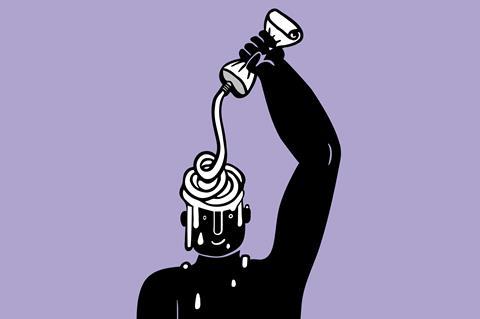
On a personal level, one example springs to mind as I write this during the summer – suncream. Do I want to cover myself in an oil–water emulsion containing salicylates and triazines? Not really. But the alternative for someone with my fair skin is far less pleasant: sunburn. For those with skin less sensitive to sun but more sensitive to sunscreen ingredients, the equation may well be different.
As covered in depth earlier this year (Chemistry World, February 2025, p44), any concern over a particular ingredient must be tempered by at least two considerations. First, the potential dose or exposure to any compounds of concern – just because something is detectable may not make it dangerous. And second, how much do we know about what would replace the ingredient?
As covered in depth earlier this year in Low concentration chemicals spur toxicological debate, any concern over a particular ingredient must be tempered by at least two considerations. First, the potential dose or exposure to any compounds of concern – just because something is detectable may not make it dangerous. And second, how much do we know about what would replace the ingredient?
This can lead to what is termed a ‘regrettable substitution’, where a chemical with a known hazard is replaced by one with an unknown or unforeseen one. Examples of these include replacing ozone-depleting CFC refrigerants with climate-warming HFCs, or toxic and carcinogenic methylene chloride with neurotoxic 1-bromopropane or n-hexane.
A decade ago, many chemists railed against what they termed ‘chemophobia’: people afraid of or shunning safe compounds solely because they were synthetic or hard to pronounce. I hope we’ve moved on a little from those debates, not least because careful public research has revealed that the majority of people are aware that ‘everything is chemicals’, and appreciate the good things that modern chemistry has provided in their lives.
But the clean beauty trend seems to suggest that there will always be influencers with money-spinning ideas out to exploit people’s fears. And while some of those fears may be grounded in genuine concerns, those of us with more chemistry knowledge should take the time to familiarise ourselves with the arguments and be prepared to offer advice to others.






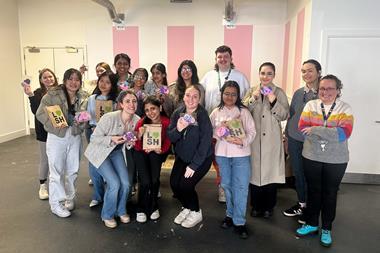
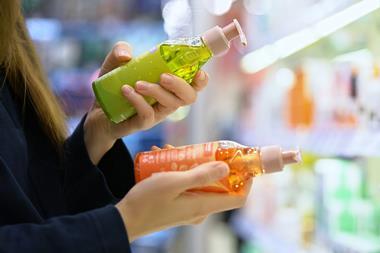
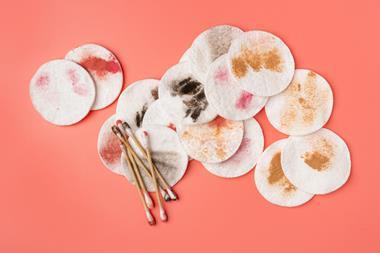


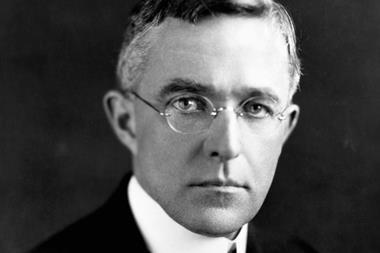

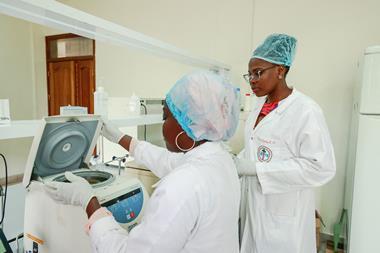



No comments yet